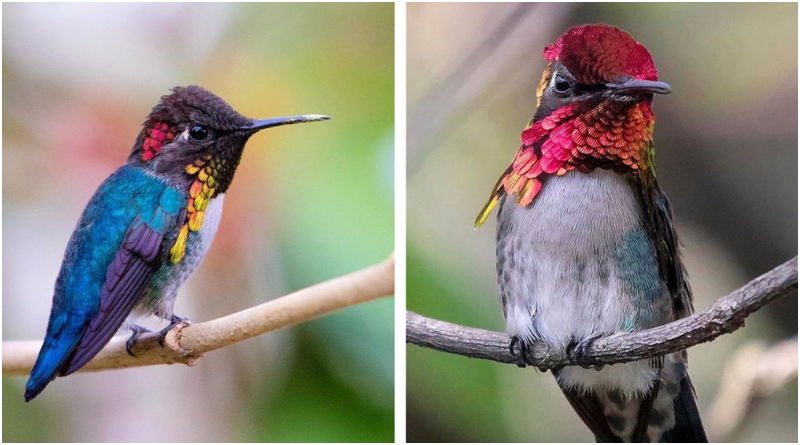“Introducing the Bee Hummingbird: One of Nature’s Smallest and Most Remarkable Creatures”
Would you like to see the tiniest bird in the world? Your best bet is to travel to Cuba.
To catch a glimpse of this tiny marvel, head to a woodland edge covered in bromeliads and vines. With a keen eye, you might spot the bee hummingbird hovering near the blooms.
The bee hummingbird’s wings beat 80 times per second in flight and up to 200 times per second during courtship displays!
This bird, which resides in Cuba, is a bit smaller than the bee hummingbirds found along the West Coast of the United States during the summer months. Unlike its U.S. counterparts, it lacks the rufous coloring.
Weighing less than 2 grams and measuring only 5-6 cm in length, the bee hummingbird is one of nature’s smallest and most fascinating creatures. It is even smaller than a bee, and its iridescent plumage gives it a sparkling, diamond-like appearance when it flies.
Males sport green bodies and vivid red necks during the mating season, which begins in March. Females are characterized by a blue body with a black neck and underbelly.
If you get the chance to see one, don’t miss it – they are truly breathtaking.
This delicate bird is one of nature’s tiniest wonders and a true marvel of evolution.
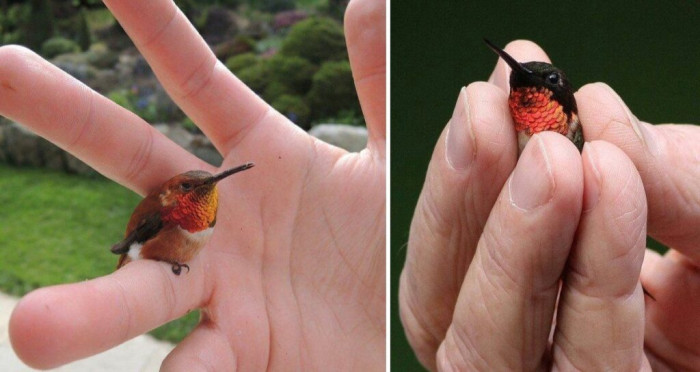
Their stunning iridescent plumage, characteristic of all hummingbirds, sets them apart from bees.
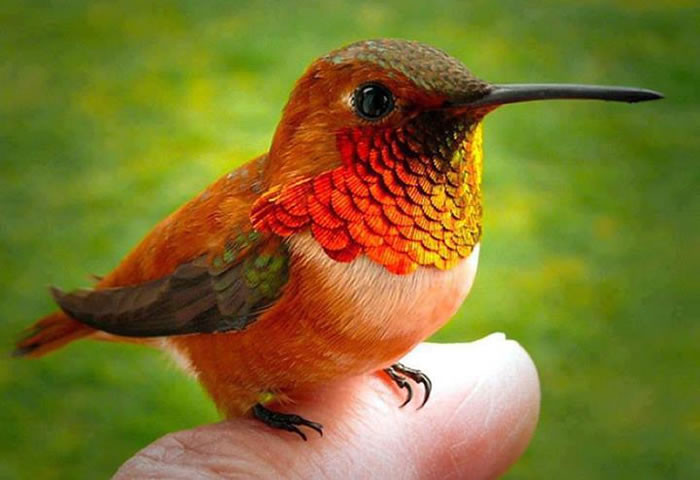
Males display a vibrant pink or crimson glow from the top of their heads to their throats, singing and performing aerial displays to attract females. They lay tiny eggs, about an inch long, roughly the size of a coffee bean.
Males have green bodies with bright red necks, while females are blue with a black neck and underbelly.
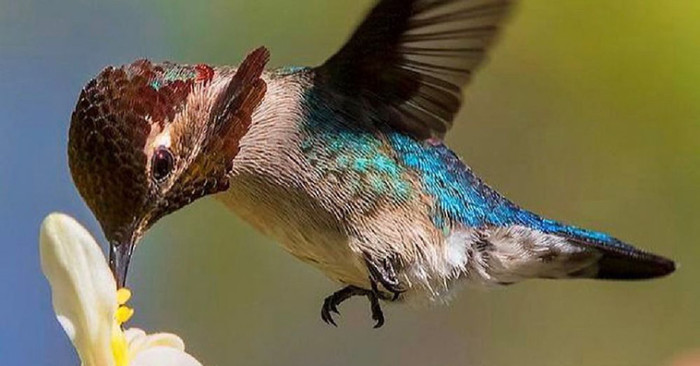
The mother bird keeps the father away from the eggs due to his vivid plumage, which could attract predators. Like other hummingbirds, bee hummingbirds mainly feed on nectar but will occasionally eat insects and spiders as well.
The singing and aerial performances are all aimed at attracting a female counterpart.
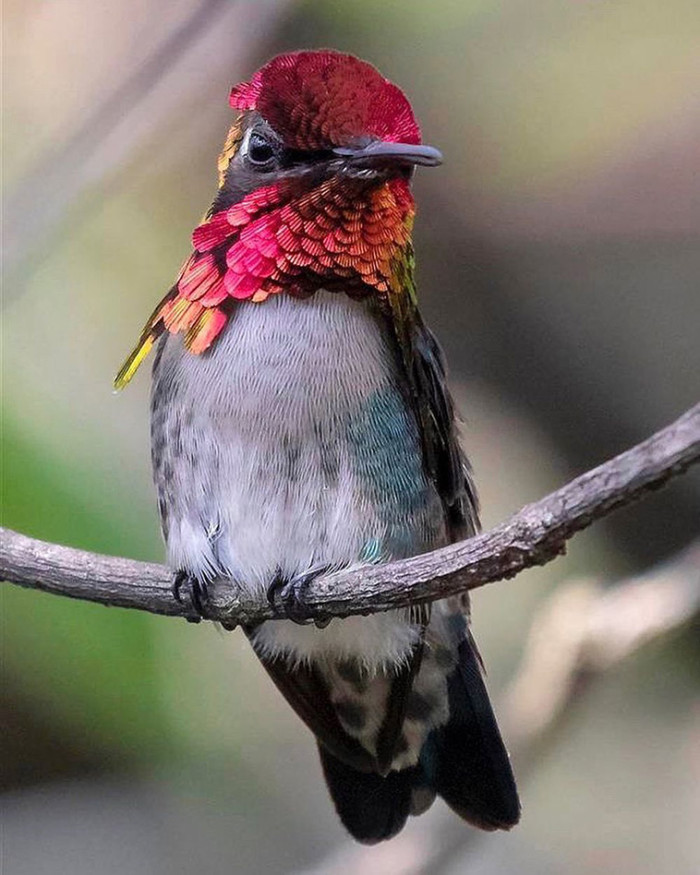
Because of his brilliant plumage, the mother bird does not allow the father to approach the eggs.
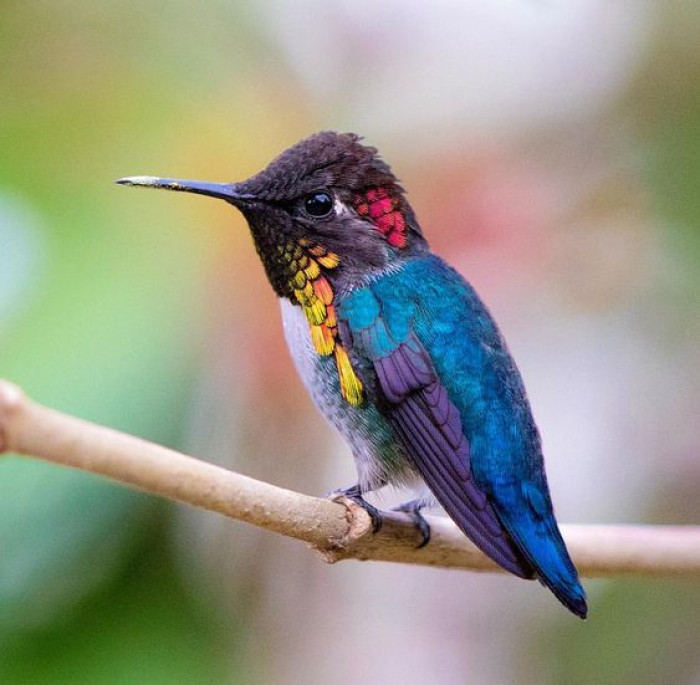
Estimates suggest that hummingbirds visit up to 1,500 flowers daily, playing a crucial role in the ecosystem by aiding in plant reproduction. Despite their wide-reaching benefits, they stay within their native Cuba, thriving in the subtropical climate.
The bee hummingbird is currently classified as near threatened, indicating a decline in its population.
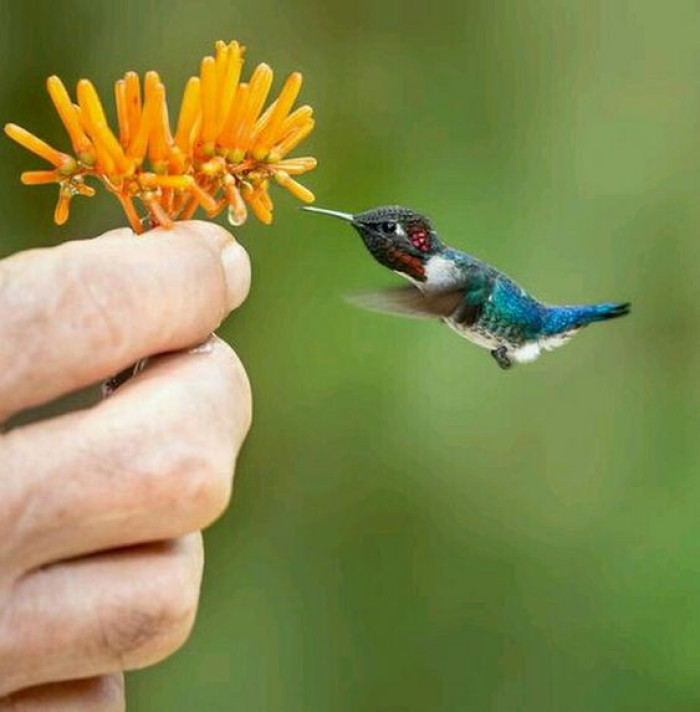
They remain in their native Cuba, thriving in the subtropical climate without migrating.

The bee hummingbird population is declining, and it is currently classified as near-threatened. It’s crucial that we work together to protect these incredible species and their ecosystem, as it would be a tragedy for such a beautiful bird to disappear.
Please share your thoughts about this remarkable bird in the comments below, and don’t forget to share this article with your friends and family to help raise awareness.
